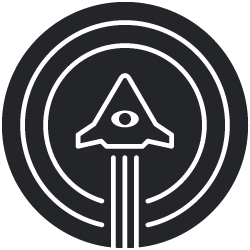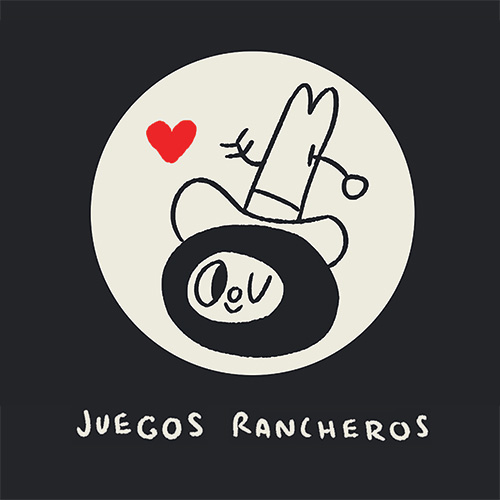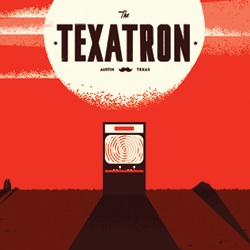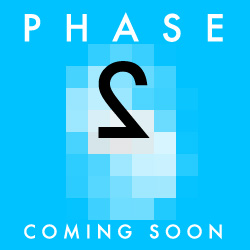ONE MORE GO: RHYTHM TENGOKU, OR WHY PLUCKING THE HAIRY ONION MAKES A NEW WOMAN OUT OF ME
In a few more months the DSi will arrive in Europe, and this is something that I view with dread. It is, in part, because Nintendo’s incremental handheld improvement campaign has so far cost me more than a brace of PS3s (as any other victim of the evolution from GBA to Afterburnered GBA to SP to Micro to Original DS to Lite can testify), and I’d promised myself I’d stay on the wagon this time.
A bigger blow, however, is that the DSi’s single biggest strength – the ability to download and store games – is the final nail in the coffin of something very dear to me: cartridges.
They have a practical appeal, of course – more scratch-proof and less likely to get used as coasters than CDs – but that isn’t their magic. Their magic, or rather their alchemy, is that they change the nature of the thing you plug them into. A GBA on its own isn’t a games machine. It’s an elaborate gizmo for showing a little picture of its own logo.
Plug a cartridge in and it still isn’t a games machine. It becomes an Advance Wars Machine, or a Superstar Saga Machine, or a Metroid Fusion Machine. The cart becomes a physical component of the whole, changing it from something with potential but no function to something with a pure, specific purpose.
Which means that my Favourite Console Ever (this week) is my Rhythm Tengoku Machine, which I hand-built myself out of a GBA Micro and a much travelled import cart of Nintendo’s rhythmic masterpiece. Move over, Ben Heckendorn.
Rhythm Tengoku (the DS sequel to which took Japan by storm last year [see above], and is finally due for a US release as Rhythm Heaven Gold later this spring) is a test not of your musical obedience, like Guitar Hero or Rock Band, but of your musical instinct, asking you to learn rhythms and spot patterns as you play space baseball, dance with robots, punch flower-pots and yes, pluck onion beards, in time to a narcotically appealing sound-track. It’s probably superfluous to say that it comes out of the same stable as WarioWare.
Rhythm Tengoku isn’t a game that ever makes you feel like you’re playing the music. It’s a game about rhythm not tunes, about pulse not melody. Indeed, the first thing the game subjects you to is a musical EKG, printing out a graph of your ability to mark time in your head.
And so, as you play, you don’t feel so much like a performer as a power-house, your thumbs conducting CPR with every button press, providing the crucial energy which allows the whole enterprise to continue. If you stop, the game dies. If you keep going, it explodes with life.
It works because the Rhythm Tengoku knows another secret. It knows that games exist in that split second when you press a button and two metal contacts meet and close the circuit between you and it. The energy that you put in, the meaty, messy energy of the human world, is transmitted through that slender contact and becomes the energy of the game, the vital input which powers the ninjas and robots and kittens which live inside. It’s the living-room version of that strange Frankenstein moment when the pachinko machines that rely on running a tiny current across human skin spring into life the second you touch the controls.
And that, at the heart of it, is the real thing which brings me back again and again to Rhythm Tengoku. Because it turns out that a GBA and a cart isn’t any more use than a GBA on its own. It’s only when you build a machine out of a GBA and a cart and a me that you’ve got a real Rhythm Tengoku Machine. Bolt those three components together and you’ve built an entirely new organism, an extraordinary creature who can shoot ghosts, dance with monkeys, and climb stars like staircases. Without me, it’s nothing; without it, I’m ordinary. Together we fight crime, befriend penguins and excel at calligraphy. Pretty good going for a two inch slice of plastic.
[Margaret Robertson is the former editor of Edge magazine and now videogame consultant. One More Go is her regular Offworld column in which she explores the attractions of the games she just can’t stop going back to.]
Previously:
One More Go: Disgaea's quest for numerical orgasm – Offworld
One More Go: Donkey Kong Jungle Beat – Offworld
One More Go: Ikaruga, The Big Enemy Is Approaching – Offworld
One More Go: Ranarama – Offworld
One More Go: New York Times Crosswords – Offworld
See more posts about: Offworld Originals, One More Go






